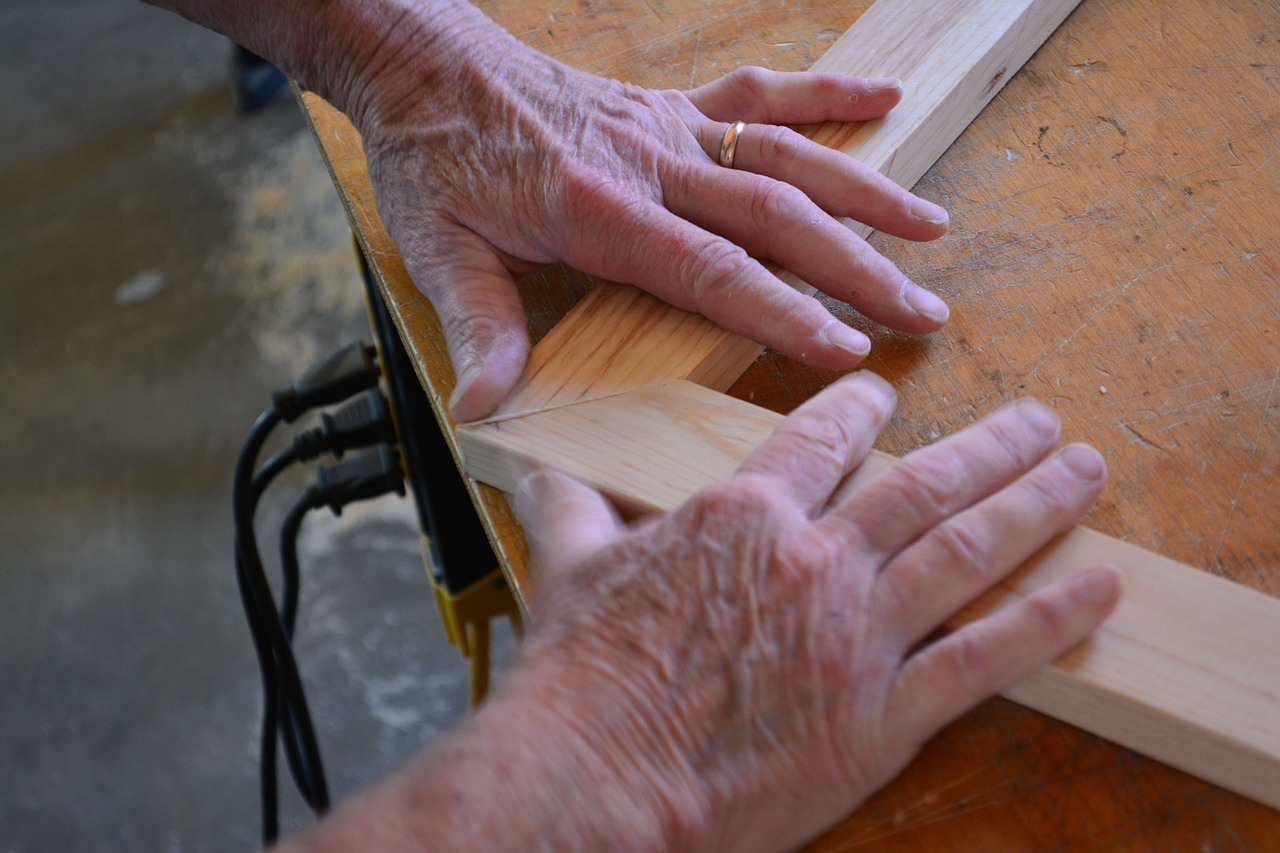Mastering joinery techniques in woodworking requires practice, precision, and a solid understanding of different joinery methods. Here are some effective ways to enhance your skills in joinery:
1. Study Joinery Principles: Begin by studying and understanding the principles behind various joinery techniques. Learn about the strengths, weaknesses, and appropriate applications of each method. Explore resources such as books, online tutorials, and woodworking courses that provide detailed explanations and examples of different joinery techniques.
2. Start with Basic Joints: Begin your journey into joinery by mastering basic joints such as butt joints, lap joints, and miter joints. These joints are relatively simple to create and offer a foundation for more complex joinery. Practice cutting, fitting, and assembling these joints until you achieve tight, precise connections.
3. Gradually Progress to Complex Joints: Once you’re comfortable with basic joints, gradually move on to more intricate joinery techniques. Explore dovetail joints, mortise and tenon joints, finger joints, and others. Each joint requires specific skills and precision, so take your time to understand the process, practice, and refine your technique.
4. Create Practice Joints: Set aside dedicated practice time to create joints specifically for skill development. Cut joints in scrap wood or create small practice projects solely for the purpose of honing your joinery skills. This allows you to experiment, make mistakes, and improve without the pressure of working on a final project.
5. Use Precision Tools and Techniques: Precision is key in joinery, so invest in quality measuring and marking tools to ensure accurate layout and cuts. Learn to use marking gauges, chisels, tenon saws, dovetail saws, and other specialized tools effectively. Develop your skills in hand tool use, as they often play a significant role in creating precise joinery.
6. Practice Joinery Layout and Marking: Focus on accurate layout and marking techniques. Take your time to mark out the joinery with precision, using marking gauges, marking knives, and layout aids. Attention to detail during layout ensures that your cuts and chisel work will align correctly for a tight-fitting joint.
7. Seek Guidance and Feedback: Joinery can be complex, and it’s beneficial to seek guidance from experienced woodworkers. Attend woodworking classes or workshops, join forums or communities, or seek out mentorship opportunities. Engaging with knowledgeable individuals allows you to ask questions, receive feedback on your technique, and learn from their experience.
8. Analyze and Learn from Failed Joints: Don’t get discouraged by failed joints. Instead, view them as valuable learning experiences. Analyze what went wrong, identify the areas that need improvement, and adjust your technique accordingly. Learning from mistakes is an essential part of developing your joinery skills.
9. Practice Patience and Persistence: Joinery requires patience and a willingness to invest the necessary time and effort. Practice regularly, be patient with your progress, and stay persistent. Over time, you’ll see improvements in your joinery skills and the quality of your finished projects.
Remember, mastering joinery techniques is an ongoing process. Continually challenge yourself with new joints and projects and embrace opportunities to learn and grow. With dedication and practice, you’ll develop the skills needed to create strong, precise, and visually appealing joinery in your woodworking projects.

